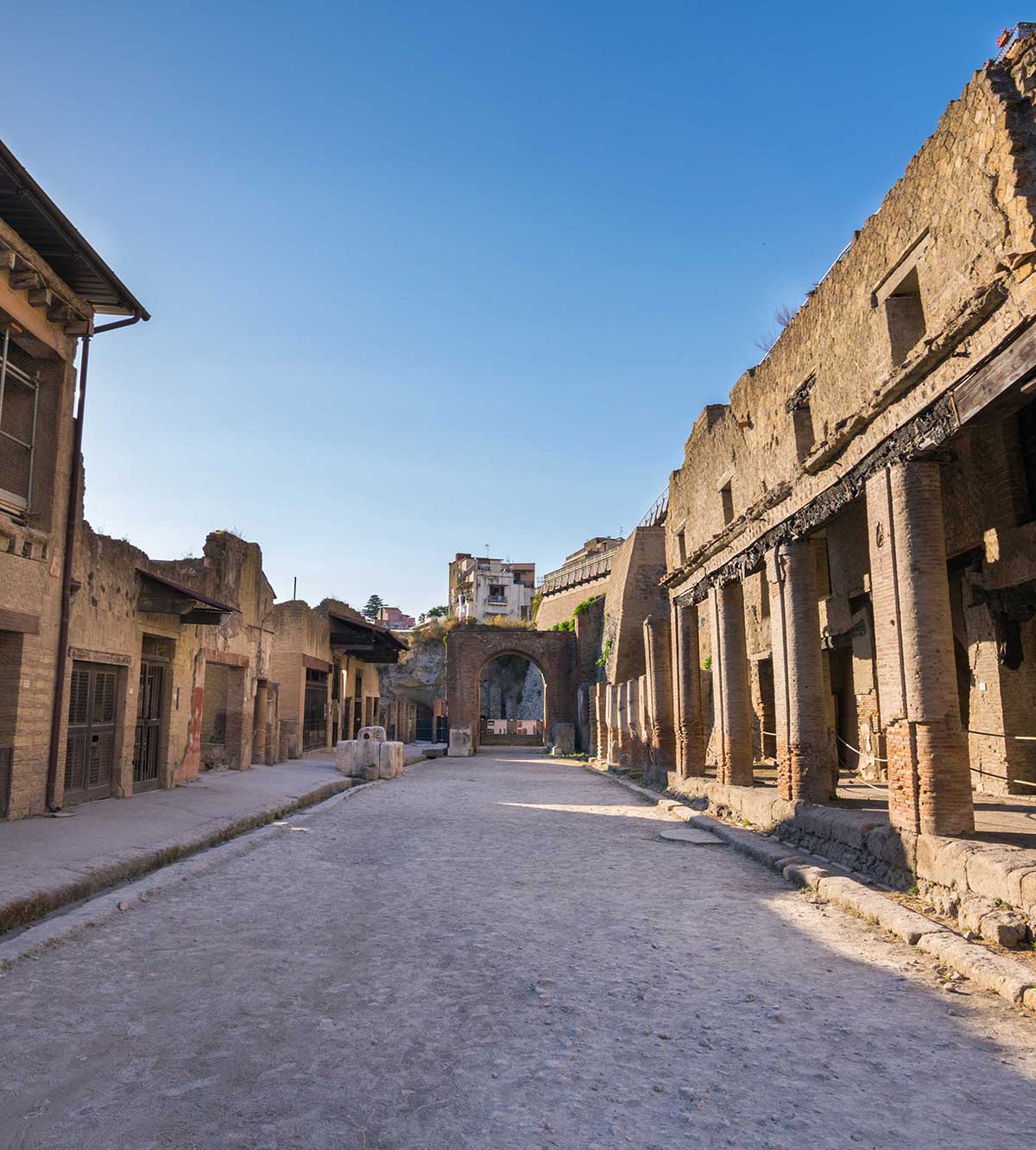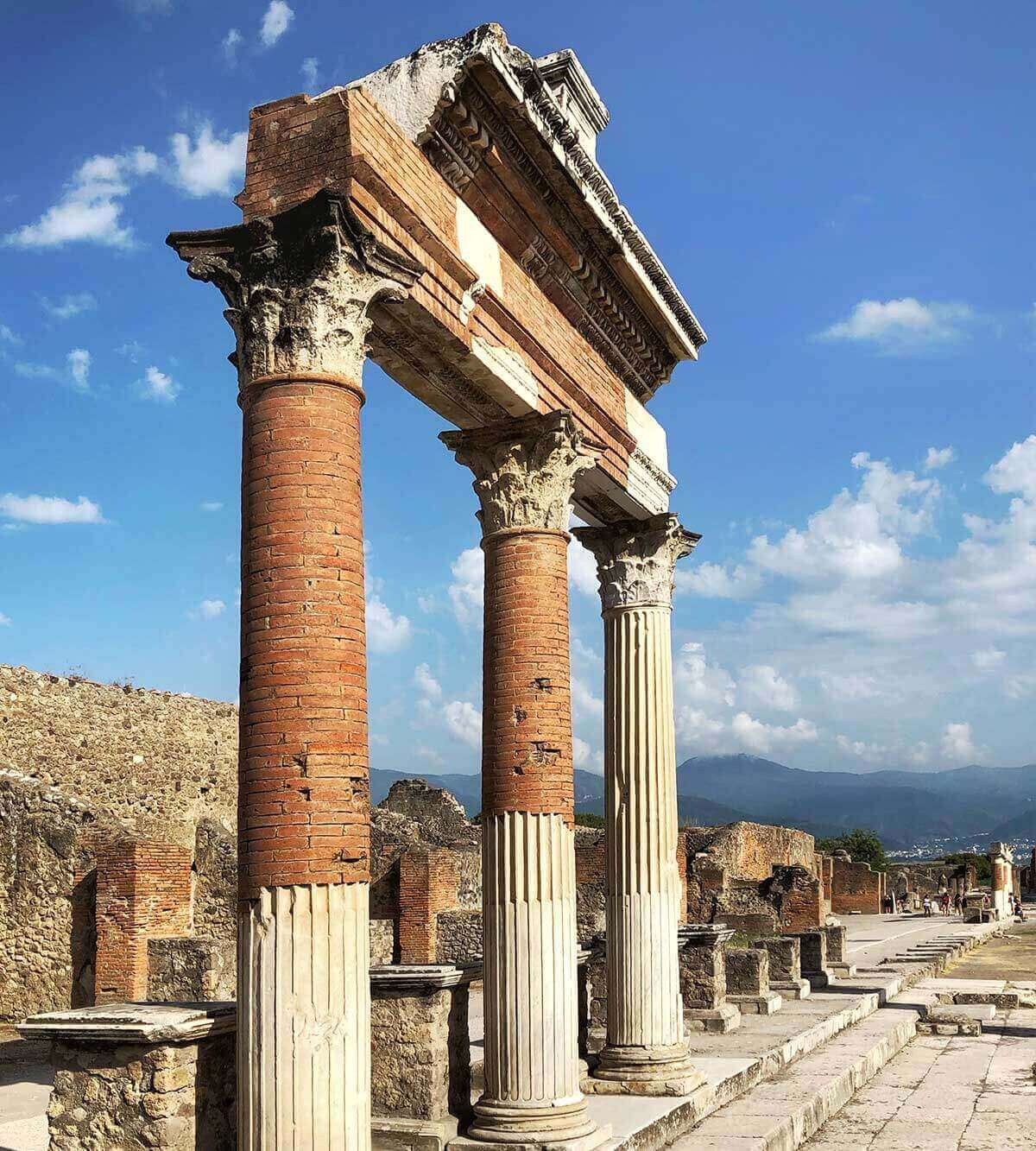Paestum
Paestum offers its visitors an archaeological area that is a UNESCO World Heritage Site.
To walk through the park is to travel back in time to discover the history of this magnificent city and to enjoy the surrounding nature.
The portion of the ancient city that can be visited today was at that time the heart of the city.
The main monuments were located here: the two sanctuaries with the famous temples, the Greek agora and the Roman forum with temples and tabernae and the basilica and macellum, the Greek ekklesiasterion and the Roman comitium (both places of political meetings).

Paestum
Paestum offers its visitors an archaeological area that is a UNESCO World Heritage Site.
To walk through the park is to travel back in time to discover the history of this magnificent city and to enjoy the surrounding nature.
The portion of the ancient city that can be visited today was at that time the heart of the city.
The main monuments were located here: the two sanctuaries with the famous temples, the Greek agora and the Roman forum with temples and tabernae and the basilica and macellum, the Greek ekklesiasterion and the Roman comitium (both places of political meetings).

Historical overview
Paestum was founded by the Greeks under the name Poseidonia, dedicating this city to Poseidon or Neptune, God of the Sea. Later on it was occupied by the Italic population of Lucanians and in 273 it became a Roman colony, taking the name Paestum.
During the Roman period it was a flourishing city: new public buildings such as the amphitheatre, the forum and the gymnasium were built, which helped give the city the appearance that excavations have brought to light.
Due to the construction of new trade routes in the East that isolated the city and the malaria epidemic, the city of Paestum was depopulated.
Its rediscovery came in 1762 with the construction of the modern road that still runs through it today.
Paestum was founded by the Greeks under the name Poseidonia, dedicating this city to Poseidon or Neptune, God of the Sea. Later on it was occupied by the Italic population of Lucanians and in 273 it became a Roman colony, taking the name Paestum.
During the Roman period it was a flourishing city: new public buildings such as the amphitheatre, the forum and the gymnasium were built, which helped give the city the appearance that excavations have brought to light.
Due to the construction of new trade routes in the East that isolated the city and the malaria epidemic, the city of Paestum was depopulated.
Its rediscovery came in 1762 with the construction of the modern road that still runs through it today.
FAQ
how long does the visit last?
We recommend spending half a day at the site.
Is it possible to choose the departure time?
During the summer, we recommend leaving in the morning but the tour can be customised. You can request more information in the form below.
Per quante persone È l'escursione?
The excursion is available for a maximum of 8 people.
where does the excursion start?
The meeting point with our driver will be at the accommodation facility where you are staying.





